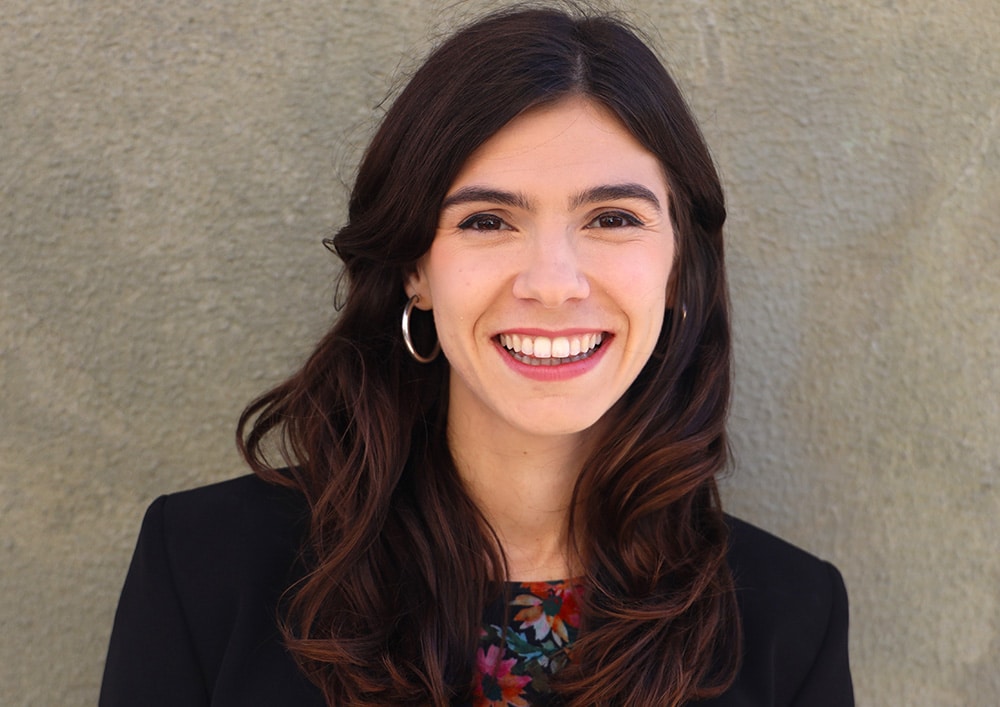AI vs. Human Creativity: Are Designer roles at Risk?
We are standing on the cusp of a technological shift that could fundamentally change the way we work. In these early days of AI development, we are hard pressed to tell what the future might hold. One study predicts that 37% of architecture and engineering tasks could be automated by AI, making the built environment sector one of the most at risk. This has sounded alarm bells across the industry, but could this new era offer opportunities for growth and innovation?
MCM convened a roundtable discussion attended by members of the Creative Alliance Group, a global network of enthusiastic, purpose-led architects, designers & creative professionals, to explore how the skillsets of architectural and interior design studios might evolve with the emergence of AI.
The roundtable offered a unique opportunity to gain a truly global perspective on how AI could shape the future of our industry.
The role of the human alongside the machine is arguably the most pertinent and concerning topic in relation to AI. Only 5% of architectural firms has reported early adoption of AI, but 90% expect they will use or increase use of AI in the coming three years.
“We need to integrate AI into what we do but not at the expense of people’s jobs”. – Zeki Koen, Has Koen, (Turkey)
Each of the experiences that the CAG members spoke of how AI significantly reduces the time spent on tasks. Michal a Lucie from Atelier Kunc in (Prague) highlighted the “potential to work more effectively through AI” whilst Elena Schneider from SPACE in Mexico, spoke for much of the group as she said:
“I look forward to AI doing all of the tedious tasks I can’t be bothered to do”. – Elena Scheider, SPACE (Mexico)
There was an acknowledgement that AI tools are only as good as the information fed to them, and a skilled user is needed to operate the software. Chris Townsend from RKA Architects suggested that “AI is evolving so quickly that studios will end up employing people who are AI specialists, and their responsibility will be to work across all the different pieces of software as they come out”. Juan Carlos from SPACE in Mexico sounded a telling note of caution that “despite the potential of AI, in the wrong hands it could have negative consequences”.
CAG members agreed that AI is likely to radically change the architecture and interior design profession, but there was a shared sense of optimism that this will free up time to focus on creative thinking and problem solving.
“We need to have members of the team who are eager to learn about AI and upskill; in the short term it won’t lead to a change in our teams as there is still so much problem solving to our jobs which AI can’t do.” Shannon Pope-Ellis, MCM (UK)
The impact of AI will surely be felt across many if not all sectors. Deepak Parmar from MCM, UK positioned that “AI may ultimately radically change the world of workplace design as it may lead to a reduction in the workforce”. Despite this reality edging closer it’s an uncomfortable truth that many organisations seem reluctant to acknowledge. He hopes that AI would ultimately lead to a more inclusive working environment: “the tools could help to expand the design sector to accommodate neurodivergent thinkers or those with specific learning difficulties”. This is an aspiration that is shared by the World Economic Forum.
The coming years are set to be an interesting time for the sector. AI will undoubtedly lead to challenges, uncomfortable decisions, and job changes. However, CAG members agreed that the sector should shape its own destiny. Jon Race, CEO from MCM, concluded that “the studio of the future will be radically different to the current day one but that should be an exciting not a daunting prospect”.
If you would like more information, please email:
hello@mcm-uk.com



